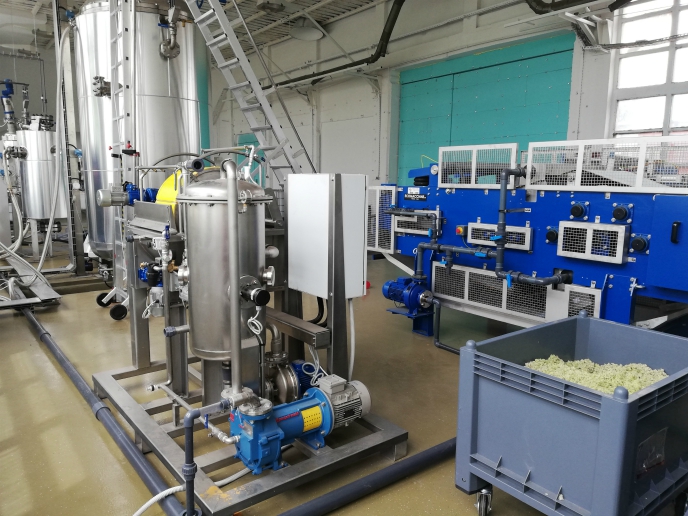Elevating Europe’s old neighbourhoods into smart communities
For much of Europe, the post-war era was defined by a building boom. Although lots of new homes were constructed during this time, many were built fast, cheap and with little-to-no thought towards energy efficiency. The result is that Europe now has a plethora of technically sound old homes that, due to their poor energy performance, pose a significant challenge to the EU meeting its 2020 Climate Goals. “With buildings being responsible for 30 % of all energy consumption, much of today’s existing building stock is incapable of meeting the energy requirements of tomorrow,” says Dennis van Goch, project coordinator of the EU-funded REnnovates (Flexibility Activated Zero Energy Districts) project. “The good news is that these houses can be renovated to become more sustainable but doing so requires that the renovation projects go beyond the simple bricks and mortar and towards facilitating an energy transition.” The REnnovates project seeks to position Europe’s existing housing stock to better meet future challenges in terms of sustainability, comfort and costs. “Using a holistic approach that embraces the essential elements of energy savings, the project developed a sustainable yet flexible solution that brings value to all stakeholders,” adds van Goch. A prefabricated approach to renovation The REnnovates project elevates old neighbourhoods to smart communities, thus improving the quality of living, extending a building’s lifespan, and reducing its impact on the local energy infrastructure. “We do this using a prefabricated concept for renovating existing houses towards net-zero-energy and by better managing the flow of energy at the neighbourhood level,” explains van Goch. “The end goal is to transform existing houses into smart homes in a commercially viable and scalable way.” The project’s unique prefabrication system includes providing each house with a tailor-made insulating suit, an energy module, and connection to a local production source. “To avoid excessive demand on the energy grid, all the renovated houses in a given neighbourhood are networked together, thus optimising energy use while ensuring individualised comfort,” says van Goch. “This neighbourhood grid concept is essential to reducing the social cost of the energy transition while making large-scale renovation feasible.” Users can stay in their homes during the renovation, which takes less than a week. After renovation, they receive a dashboard to control and monitor their energy use. As a bonus, all post-renovation maintenance is provided by the project. Energy saving potential With over 250 demonstrator homes operating in the Netherlands and Spain, the REnnovates system has lowered energy consumption from over 15 MWh/year to an average of just 6 MWh/year – a reduction of 60 %. Thanks to the energy savings made possible by the REnnovates system, occupants saw their energy bills go down by an average EUR 1 600 per year. In total, the project is responsible for saving more than 1 m tonnes of CO2 and generating 1.75 GWh of renewable energy – two numbers that are increasing every day. “These numbers clearly demonstrate that REnnovates’ radical concept and innovative business model has considerable energy saving potential,” says van Goch.







